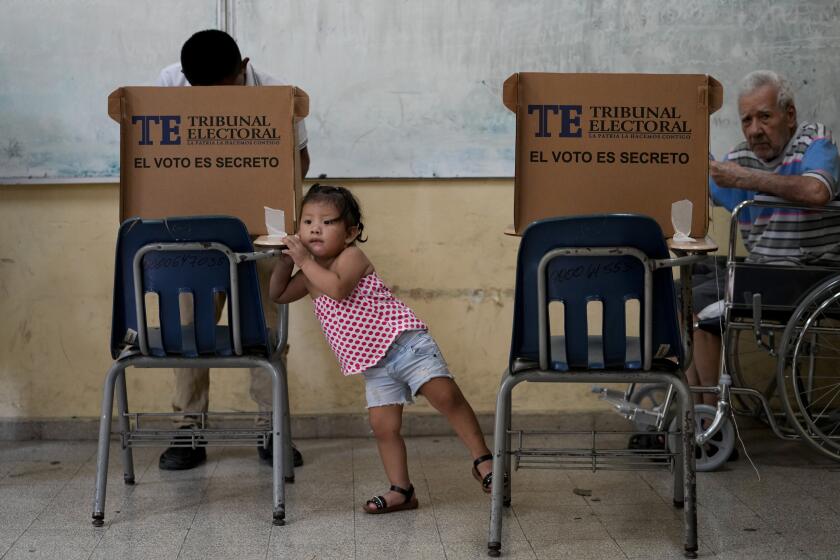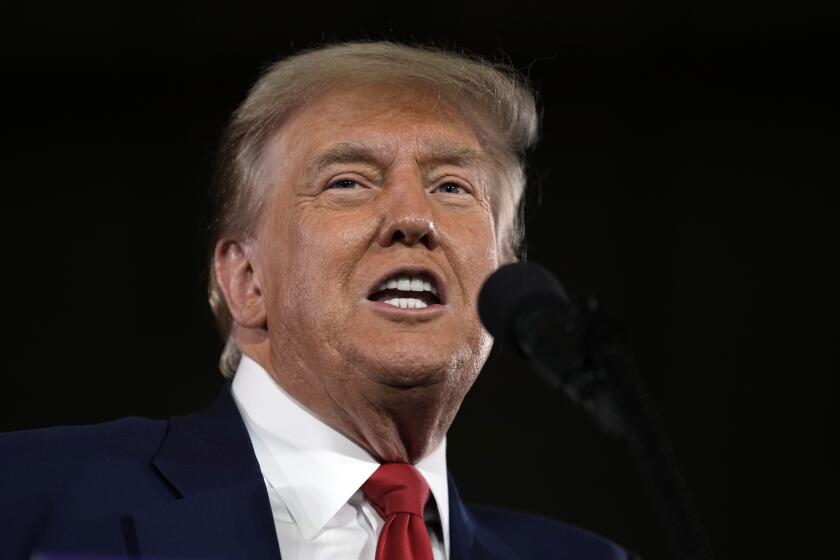New Labeling Proposed for Patent Drugs
The Food and Drug Administration on Wednesday proposed a significant overhaul of the nation’s nonprescription drug labels to make them easier for consumers to both read and understand.
The proposed changes would require larger type, more white space, a standard format and simpler language. The transformation in many ways would resemble the recent remaking of all U.S. food labels.
These changes were among several major consumer-oriented improvements sought by outgoing FDA Commissioner David A. Kessler, who leaves his post Friday after six years.
“Today’s action is important for anyone who ever takes a pain reliever, cough syrup or any of the thousands of other over-the-counter items on the market,” said Health and Human Services Secretary Donna Shalala.
That would include virtually anyone who ever steps into a pharmacy or supermarket, since U.S. consumers spend about $18 billion a year on these products.
In fact, when it comes to dealing with aches and pains, Americans treat their conditions themselves four times as often as they consult a physician, according to the American Pharmaceutical Assn.’s handbook of nonprescription drugs.
The proposed labeling changes, which would cost the pharmaceutical industry an estimated $100 million, were welcomed by over-the-counter drug manufacturers, who have been working with the FDA for the last several years to redesign the labels.
“Nonprescription drug manufacturers are fully committed to making product labels as user-friendly as possible,” said Meg Grattan, a spokeswoman for the Nonprescription Drug Manufacturers Assn. “This is a pro-consumer action, but it’s also a win-win for the industry.”
The proposal would require uniform, standard headings, subheadings and order of information. For example, a label would first list the active ingredients and purpose of the drug and then cite its different uses.
This would be followed by specific warnings, including descriptions of when to consult a doctor before using the medication, interactions with other drugs and potential side effects.
Finally, the directions for use, including dosing, would appear boxed on the bottom of the label.
Labeling language also would be simpler. Consumers would see “throw away,” for example, instead of “discard,” “lung” in place of “pulmonary,” and “hole in” rather than “perforation of.”
The labeling format would be streamlined, with a new bulleted, easier-to-read design, including a minimum type size and type style.
“These can be potent medications, and it’s very important that consumers know what’s in them and can get this information easily from the label,” Kessler said.
Consumers purchase about 60% of their medications over the counter, although nonprescription drugs account for less than 2% of U.S. health care spending, according to the over-the-counter drug makers’ handbook. This makes it “likely that, as a low-cost alternative, OTC drug use will continue to grow,” the FDA said.
This is especially true among the elderly, who constitute 12% to 17% of the population buying OTC drugs but consume about 30% of all nonprescription medications, the agency said.
The changes were applauded by consumer groups.
“Some older consumers have problems deciphering what labels say--in fact, just being able to read them--so this FDA proposal sounds advantageous, not only for older consumers but for all consumers,” said Tom Otwell, a spokesman for the American Assn. of Retired Persons.
In 1990, California approved legislation asking manufacturers of over-the-counter drugs to make their labels more readable, but some have complained that the law has no teeth because the changes are not mandatory.
The FDA rule, once final, would become mandatory for all over-the-counter products sold in the nation. The proposal will be subject to 120 days of comment from the public.
More to Read
Start your day right
Sign up for Essential California for news, features and recommendations from the L.A. Times and beyond in your inbox six days a week.
You may occasionally receive promotional content from the Los Angeles Times.






